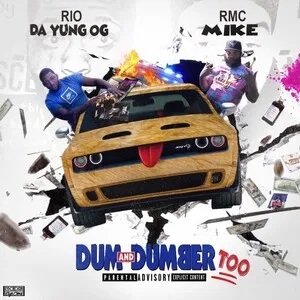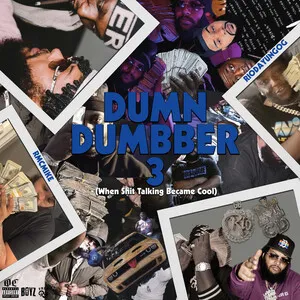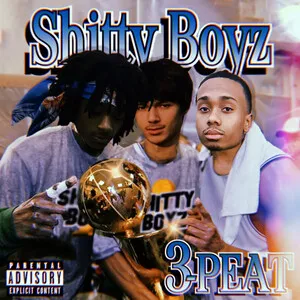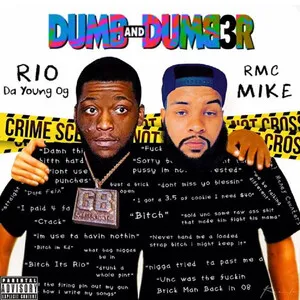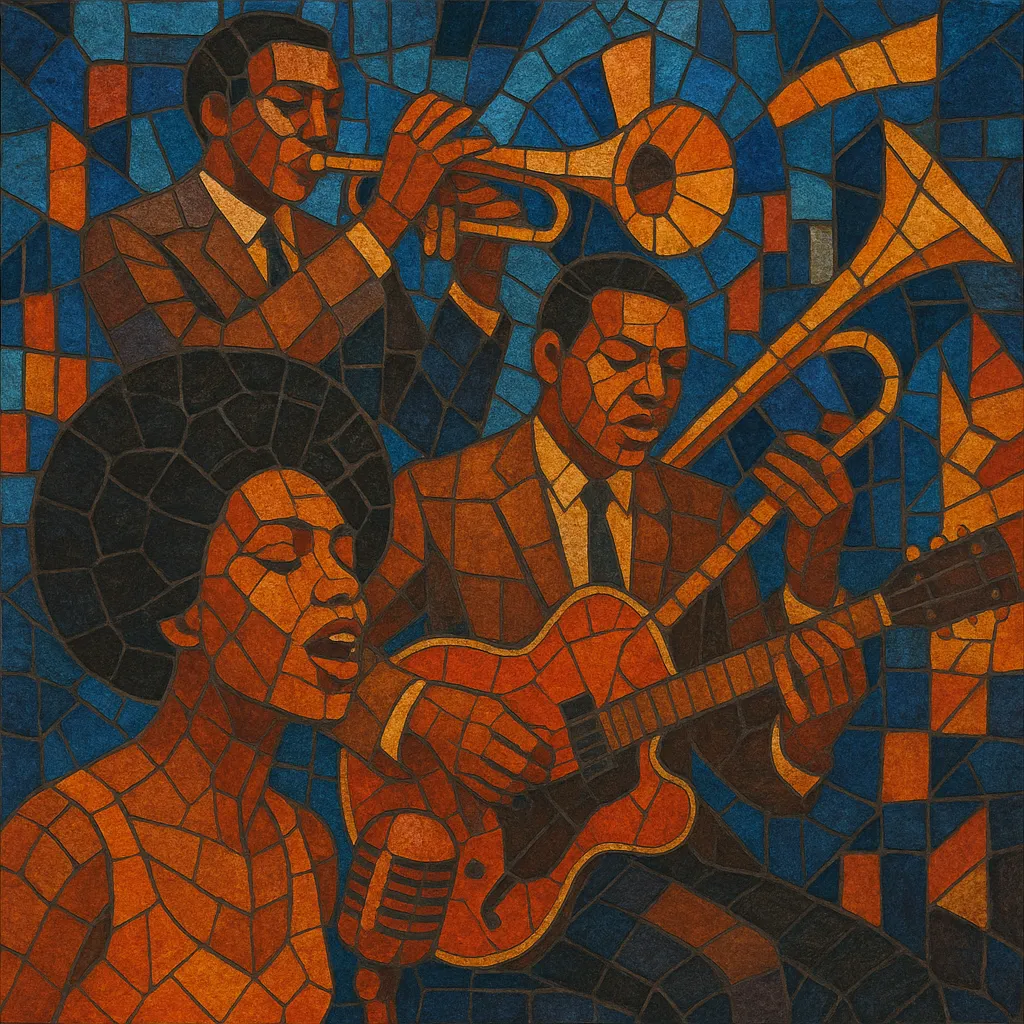
The Detroit sound (often synonymous with the Motown sound) is a sleek, highly crafted strain of soul and pop developed around Motown Records in Detroit.
It is marked by irresistibly catchy songwriting, polished vocal arrangements, prominent tambourine on the backbeat, and melodic, syncopated bass lines that drive the groove.
Arrangements fuse gospel-inspired call-and-response with tight rhythm sections, handclaps, strings and horns, all produced with radio-ready sheen aimed at broad crossover appeal.
Songs typically feature concise verse–chorus forms, uplifting hooks, and universal themes of love, longing, and aspiration, making the style both danceable and emotionally direct.
Motown Records was founded by Berry Gordy Jr. in Detroit in 1959. Drawing on rhythm & blues, gospel, doo‑wop, and pop craft (including Brill Building techniques), Gordy instituted an “assembly‑line” approach inspired by Detroit’s auto industry: professional songwriters, in‑house musicians, vocal coaching, choreography, and rigorous quality‑control meetings shaped a consistent, radio‑ready sound.
At the center was the Funk Brothers house band (including James Jamerson, Benny Benjamin, Earl Van Dyke, and others), whose inventive, melodic bass lines, crisp drums, and propulsive piano/guitar patterns formed the heartbeat of the style.
Through teams like Holland–Dozier–Holland and producers such as Smokey Robinson, Norman Whitfield, and Barrett Strong, Motown refined the Detroit sound into a string of pop and R&B chart successes. Artists including The Supremes, The Temptations, Marvin Gaye, The Four Tops, Martha and the Vandellas, and Stevie Wonder brought the style worldwide, breaking racial barriers on mainstream radio and television.
Characteristic elements—tambourine reinforcing the snare on 2 and 4, handclaps, bright strings and horns, and tight vocal harmonies—made songs instantly recognizable and dance‑floor friendly while still grounded in gospel feeling.
In the early 1970s Motown relocated to Los Angeles, and Detroit’s original studio era waned. Yet the Detroit sound’s songwriting craft and production polish directly shaped later soul idioms (Philly soul, smooth soul, quiet storm), and laid foundations for funk and disco’s rhythm‑section emphasis. Its crossover blueprint influenced blue‑eyed soul, modern pop‑R&B, and eventually neo‑soul.
Today, the Detroit sound remains shorthand for immaculate hooks, uplifting grooves, and emotionally resonant performances—an enduring template for pop‑minded soul.


